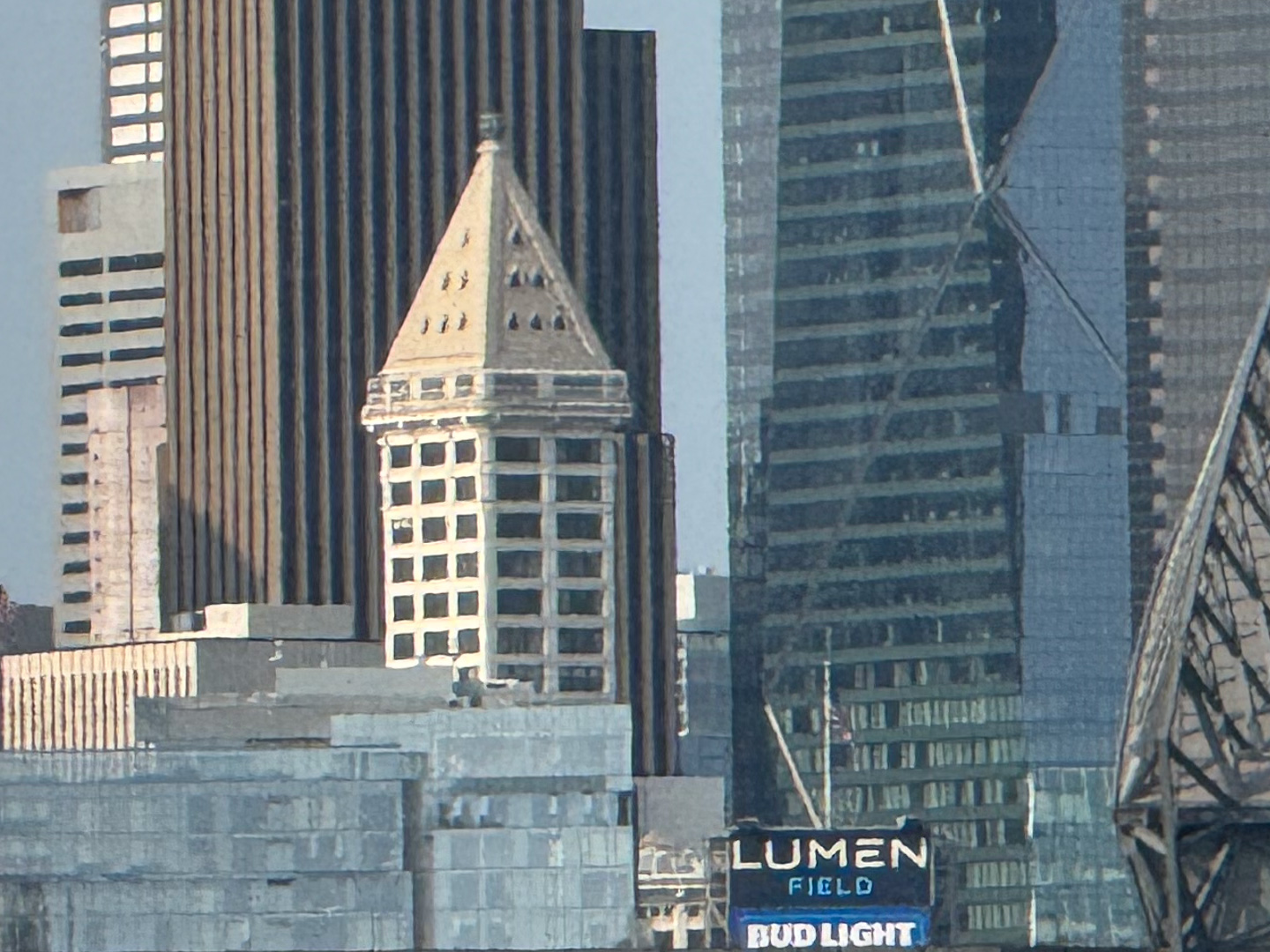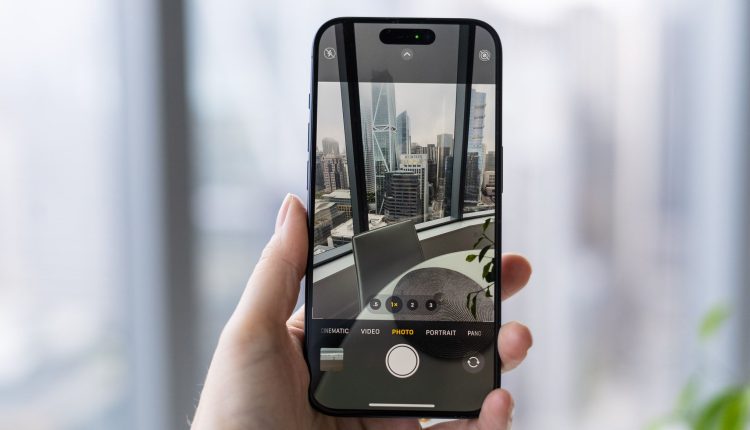©2021 Reporters Post24. All Rights Reserved.
The iPhone 15 Pro is teaching me to embrace digital zoom ,If you want to hear a love story, ask any photographer about their favorite lens. They’ll probably get a little glimmer in their eye as they tell you about the fast 35mm they carry everywhere or the long portrait lens with the bokeh that hits just right. Camera bodies come and go, but your favorite lens is a lifelong relationship.
Phone camera lenses are a different story. They’re built like a regular camera lens — only, you know, tiny — and they’re with us literally everywhere we go. But I don’t know anyone who would wax poetic about the 24mm equivalent wide angle on their iPhone or the 5x telephoto lens on their Pixel. Our relationships with them are much more transactional, and the results have as much to do with the image processing pipelines they’re attached to as any physical optics.
Photographically inclined smartphone owners might not have any special attachment to those lenses, but they definitely have strong negative feelings about digital zoom. Many photographers would rather use a native focal length and crop later in software, which makes sense when you’re working with a traditional digital camera. But the latest round of flagship phone cameras is flipping that traditional wisdom upside down. Nowhere is this more evident than on three of the best you can buy right now: the iPhone 15 Pro Max, the Google Pixel 7 Pro, and the Samsung Galaxy S23 Ultra.
I’ve been shooting with them over the past 10 days, and I’ve come away with two major impressions: optical zoom still wins, but digital zoom isn’t as far behind as you might think. And it might be time to come around to digital focal lengths, even if using them made you feel icky in the past.
Optical zoom still wins
Let’s just get this out of the way: smartphone camera zoom has improved a lot over the past few years, but you’ll still get much better quality from a big, traditional camera with a big sensor and a big lens. Computational photography hasn’t overcome physics. But comparing apples to apples, a traditional zoom lens on a phone still beats smartphone digital zoom — even with a lot of extra data and neural networks involved. Take a look at the iPhone 15 Pro Max’s new 5x telephoto lens compared to the Samsung Galaxy S23 Ultra at 5x, which is between its 3x and 10x optical zoom focal lengths.


The iPhone 15 Pro’s 5x telephoto lens does fine in bright light, but indoors, the phone still occasionally switches to the main camera in dim lighting or if your subject is too close for the tele’s minimum focus distance. You can sometimes get it to switch back to the 5x lens by changing your framing or moving back slightly, which I did between the two shots below. And oh, what a difference it makes.


Digital zoom is getting better
But even when digital zoom is the only option, there are better approaches than others. At 10x, the Pixel 7 Pro crops into the middle 12 megapixels of the high-res, 48-megapixel sensor coupled with its 5x optical zoom lens. The iPhone 15 Pro’s 5x telephoto uses a 12-megapixel sensor, so it can’t do the same thing at 10x — and the results look much more like traditional digital zoom compared to the Pixel 7 Pro.

And then there’s the iPhone 15 Pro’s new “focal lengths” — the 28mm and 35mm settings that are accessible in the camera app by tapping the 1x icon. You can cycle between them, disable them, or set one as your new default “lens.” They’re a version of digital zoom but with some extra processing going on in the background. You can read a more detailed explanation in my full review of the iPhone 15 Pro Max.
Does this extra processing make a noticeable difference? Well, kind of. If I take a photo in decent light at 35mm and zoom out to 31mm, I can just barely make out more detail in the 35mm image. Same thing if I crop in on a 24mm image rather than use the in-camera zoom to 35mm.
The photos below were taken from the same position; I cropped the 24mm image to match the framing of the 35mm, which resulted in an image a little bigger than 12MP. I up-resed that image in Photoshop to match the 24MP 35mm image — that’s what will happen with typical digital zoom — and comparing the two at 100 percent, you can just see some very fine detail from the in-camera 35mm photo that’s smudgier in the crop from 24mm. Take a look at the side of the square, clear bottle on the top shelf.


More important than that, using the in-camera zoom has one key feature that cropping later doesn’t: showing you the framing that you want right in the moment when you’re taking the photo. This isn’t just some high-brow, “making photographs” nonsense. In my experience, I just “see” photos better when I know what I’m getting before I take it into Lightroom.
:format(webp)/cdn.vox-cdn.com/uploads/chorus_asset/file/24944456/IMG_0892.jpg)
Honestly, I’m learning that getting my head into the right space has more of an impact on my photography than any minute amount of detail that I might be losing in the process. I might technically be capturing a slightly better image at 35mm on an iPhone 15 Pro versus an iPhone 14 Pro, for example. But being able to tap an icon and quickly switch to that 35mm setting takes some of the friction out and makes the whole experience more enjoyable — and that’s the real difference-maker.


